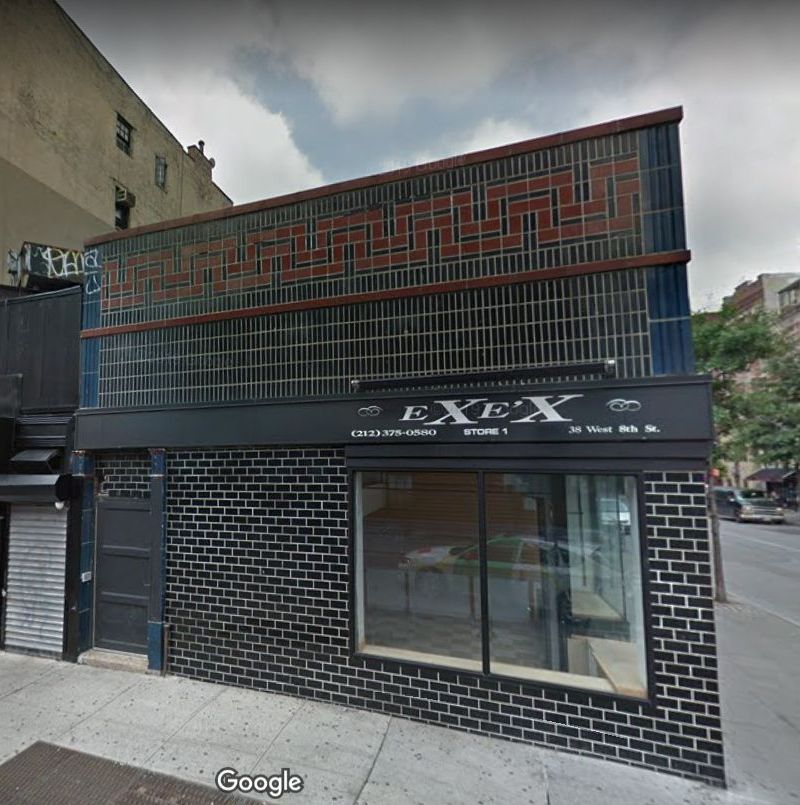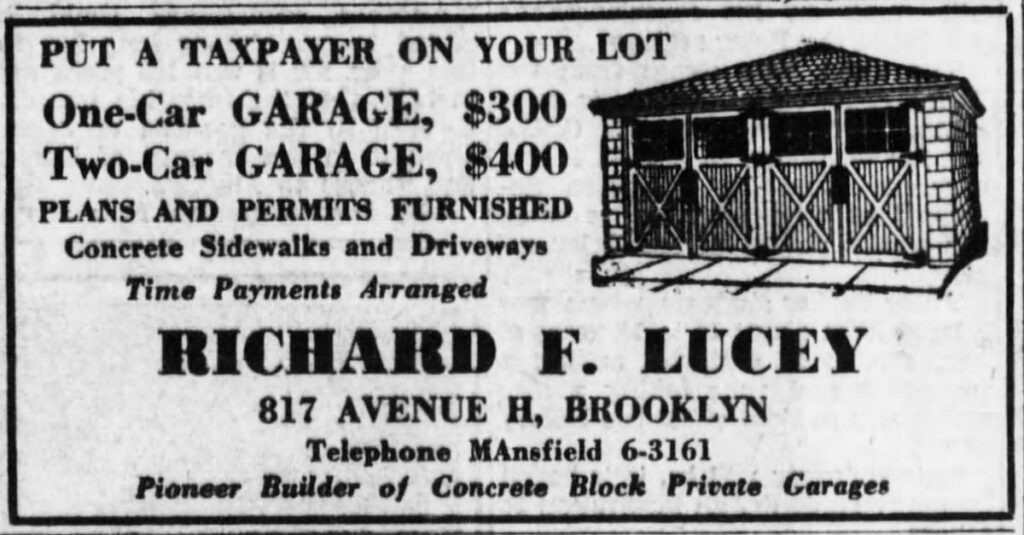THE “TAXPAYER” COMETH (1930s)

Brownstone Detectives investigates the history of our clients’ homes.
The story you are about to read was composed from research conducted in the course of one of those investigations.
Do you know the history of YOUR house?
********************************************************************************************************************************
We all know what a brownstone looks like.
But, do you know what a “TAXPAYER” is?
Most would consider the term a reference to a person who “gives to Caesar what is Caesar’s.”
While that is true, we are referring to a type of building that was labelled with the term almost 100 years ago in the wake of the Depression.
AN ECONOMICALLY-DRIVEN ARCHITECTURAL STYLE

Shortly after the start of the Depression, as larger structures (apartments, flats, &c.) did not bring the return on investment during this period, New York City land owners often built temporary 1- or 2-story buildings on their lots to cover their property tax.
They would rent the low-rise properties to business owners who would operate their businesses out of the structures, collect rent from the one resident, and pay the taxes.
Always meant to be temporary until the end of the Depression, it was always the idea that property owners would demolish their taxpayers at the end of the bad economic times – to be replaced with multi-story structures that would bring in higher rent rolls.
Not all of them were destroyed, however, and thousands can be seen throughout New York City today.
———————————————————————————————————————–
 Brownstone Detectives is an historic property research agency. Our mission is to document and save the histories of our clients’ homes. From our research, we produce our celebrated House History Books and House History Reports. Contact us today to begin discovering the history of your home.
Brownstone Detectives is an historic property research agency. Our mission is to document and save the histories of our clients’ homes. From our research, we produce our celebrated House History Books and House History Reports. Contact us today to begin discovering the history of your home.